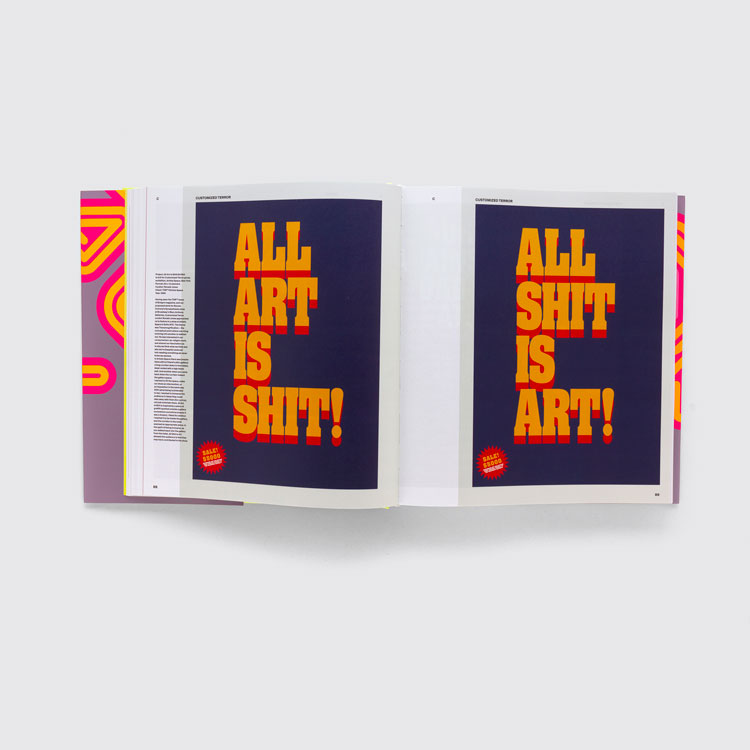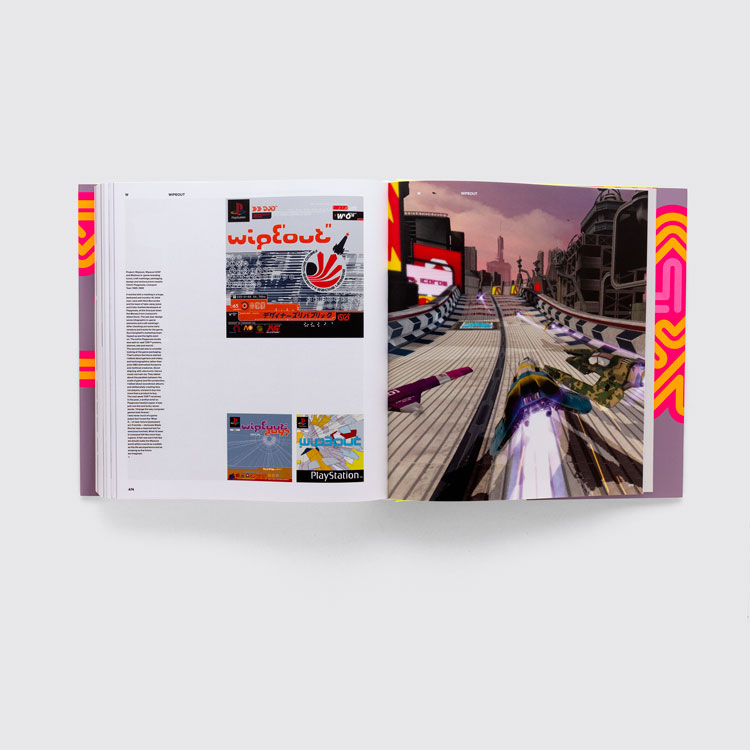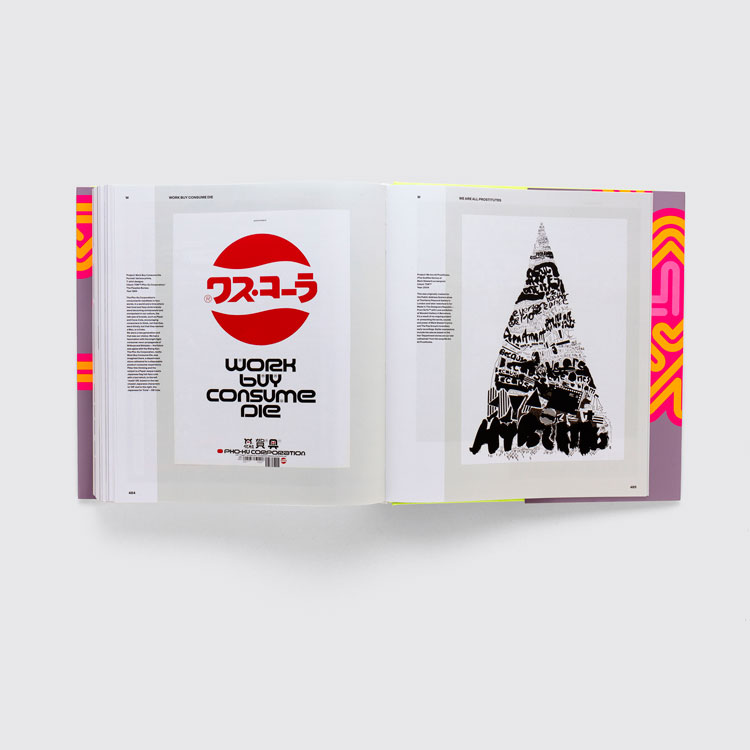Everything you need to know (for now) about the Designers’ Republic
The new book AZTDR, published by Unit Editions, looks at 33 years of the studio’s history from Sheffield-based music labels to Coca-Cola and Nike.
When Ian Anderson established the Designers’ Republic (TDR) in 1986, it was so he could design record sleeves for local Sheffield band Person to Person while still getting paid as their manager. Within a matter of years, Anderson – who studied philosophy at university and had no formal training as a designer – would be leading creative projects across the world.
The history of TDR is extensive, and the newly published AZTDR aims to unpack this. Crowdfunded into being by 1324 backers in just a week, it looks to provide readers with a guided tour of Anderson and co’s output from humble beginnings, through sky-high peaks and eventual collapse, to its slimmed-down operation of today.

25 years in the making
Anderson himself is quick to point out the book has been a long time in the making. “There’s a lot of reasons why we did it now,” he says.
“Part of it was because we had missed all of the big anniversaries, like 20, 25 and 30. But in some ways, it’s only out now because that was the natural process of actually getting it out.”
Initially, Anderson had wanted to make a markedly different volume. He recalls his idea from 25 years ago, of a complete collection of TDR’s work, re-appropriated and redesigned in the context of a book.
“I didn’t want to do a book that just showed our work as it was, I wanted it designed all over again,” he says. “But eventually I had a realisation that actually that’s what people wanted and that the vision for the book I had initially was probably too intense; even if people were into what we do, they wouldn’t want to sit and decode 500 pages of our work.”
In the end, Anderson says he tried to take himself out of the equation somewhat, realising his grand ambitions were “part of the problem” in getting it off the ground.

Creating “interesting juxtapositions”
After switching courses for the book, the next choice was its A-Z format. “An A-Z approach meant that projects would not be arranged in a traditional sense; by type, theme, sector or style, or even by date,” says Mark Sinclair, senior editor at Unit Editions.
Anderson echoes this: “Obviously there’s a chronology to our work, but that chronology doesn’t explain our work. And in the same way, we don’t approach work differently whether the client is Coca-Cola, Aldi, a techno artist or an arts festival, so genre groupings doesn’t explain it either.”
By arranging the book outside of these usual groupings, both Anderson and Sinclair say “interesting juxtapositions” occurred, between works that would have never crossed over otherwise. Sinclair notes this echoes the TDR philosophy of “everything existing in the context of everything else”.
According to Anderson, this randomised approach is something TDR has done since its inception. He points to the album cover created for Age of Chance’s cover of the Prince song Kiss – one of the studio’s first ever projects – and remarks about how they worked by pushing random quotes and images together.
“It was partly for convenience,” says Anderson on AZTDR, “but it’s also been done partly knowing the random connections people will make. If someone is looking through the book in an analogue fashion, people might pick out things we never even intended, but at the same time, that’s exactly what we intended.”

Selection process
With 33 years of work to choose from, Anderson says in many ways the selection process was a “mammoth task”. But in others, he points to the self-reflective nature of TDR as being helpful along the journey.
“It wasn’t a case of searching for things as if I’d never considered old work before – there’s always been a sense for us of the past informing the future,” he says. “It wasn’t a new thing for us to look back.”
That said, he notes that the process did test his knowledge of his own history. “What was interesting was coming across things I never knew we’d done, either because they were small projects, or I was away.”
Uncovering “lost” work from years gone by, Anderson says eventually they had to put a stop to new additions in the book – or else the process would never end. He leaves the prospect of a second volume up in the air.

Understanding TDR’s thinking
The vast majority of the book sees Anderson tell narratives through captions. Sinclair notes that the 512-page book is an excellent medium for Anderson to elaborate on TDR history and methods in this way.
“Our approach to how Ian could tell the stories of the projects was quite fluid… A few of the captions are appropriately short, whereas many of the others required a much longer text,” says Sinclair.
Anderson adds that part of this was because of a desire to make new connections with people. “In one way it’s a business tool,” he says, “because I’m focusing on what we could do, based on what we have done.”
Equally, he says the captions are there to help people understand his way of thinking. “We’re just trying to get people to understand that we do things for a reason, none of its just style or surface.”
Sinclair adds: “[It gave] Ian the opportunity to really dig down into the conception and development of a project.”
How does Anderson describe the end result? “The bastard offspring of a Monty Python book and a Blue Peter annual.”






It was TDR that got me into design in the first place. As a teenager I was entranced by the graphic design that went into PlayStation launch title WipEout and its sequels and whilst I am no graphic designer, I did spend 15 years as a teacher of Design and Technology.